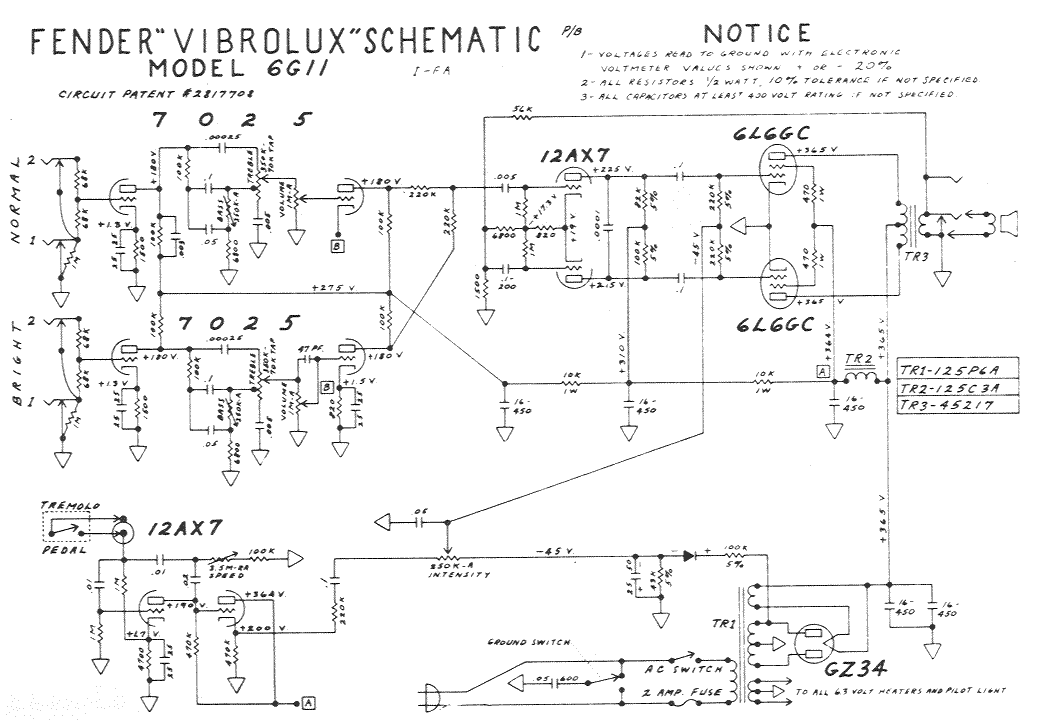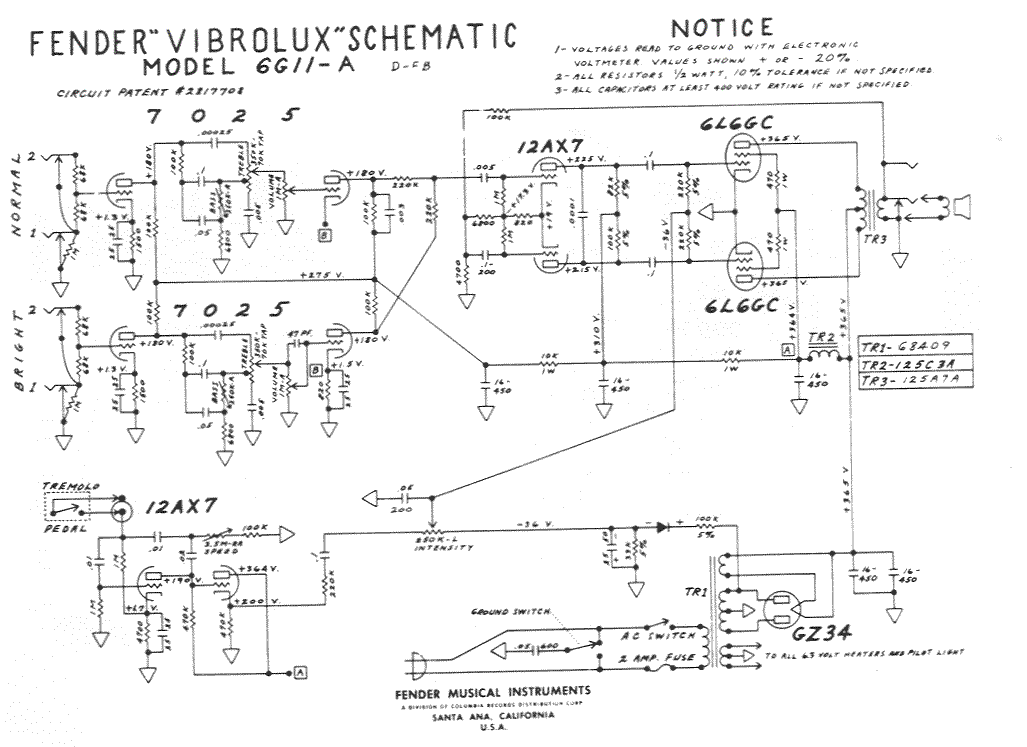Rick
Axe-Master
Joe Bonamassa has one, let me give him a call and see if he doesn't mind parting with it for a good cause.There ya go. Only $10K. Buy it and give it to us. In exchange we'll model it.
With all due respect to the OP, there are so many Fender amps in the Axe Fx III that I can't imagine any Fender circuit you couldn't approximate by working with what's there (ok, maybe not the really bad or solid state ones). I mean, if you don't own the amp in question so you can A/B them with the model, how would you know it wasn't right? Even two actual Vibroverbs are going to sound a little different.





